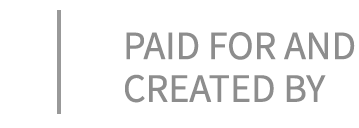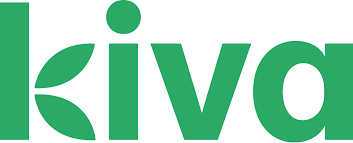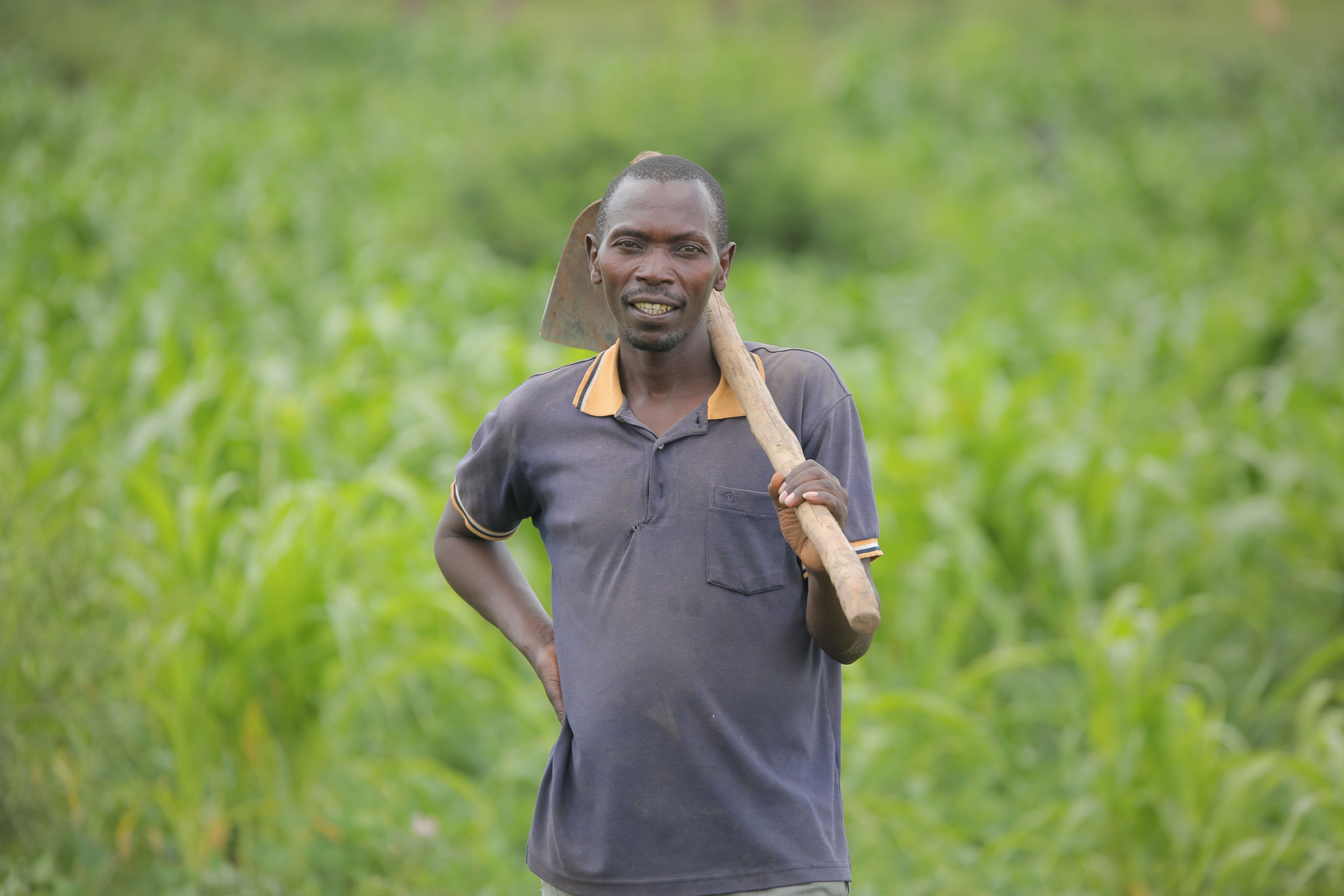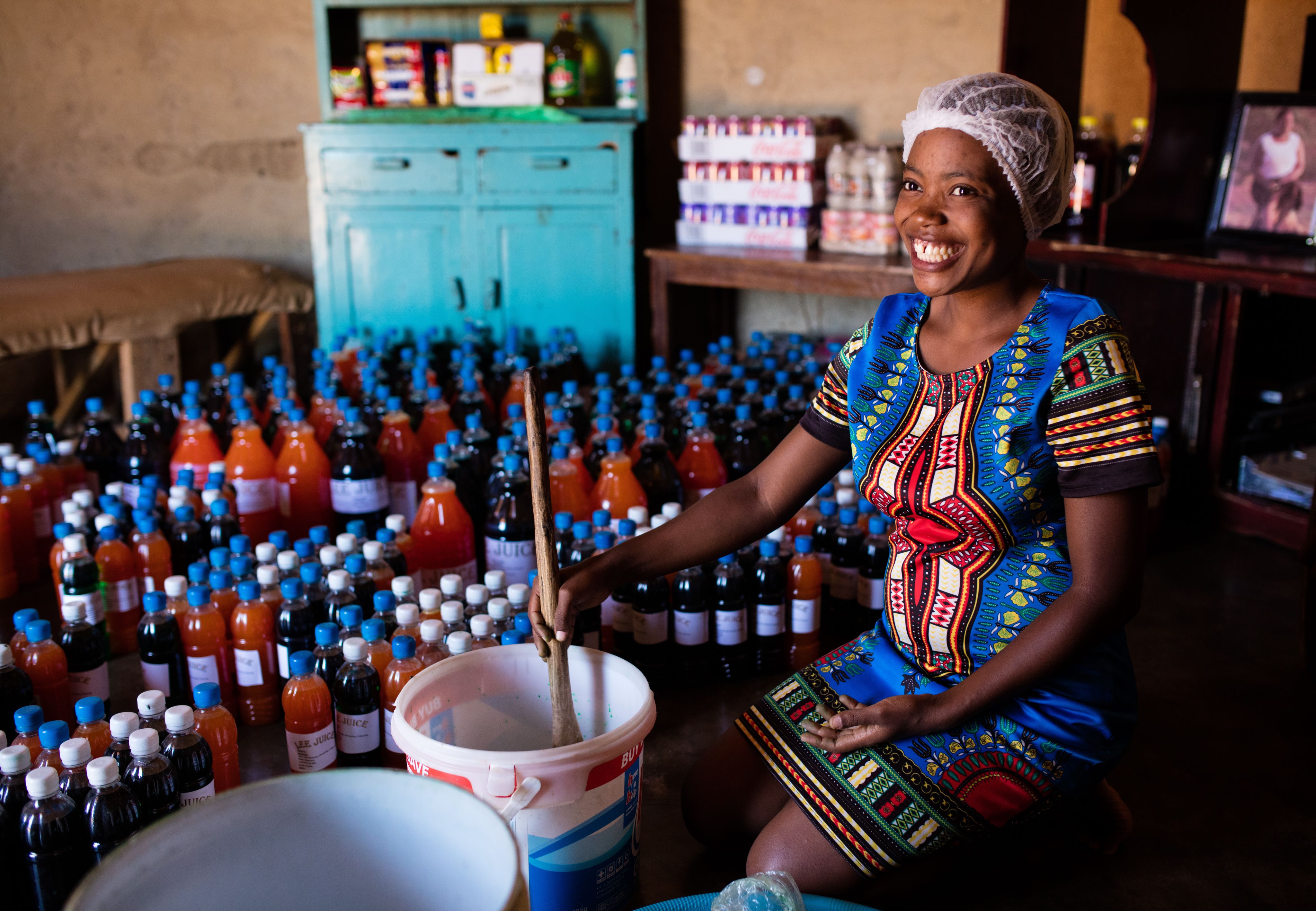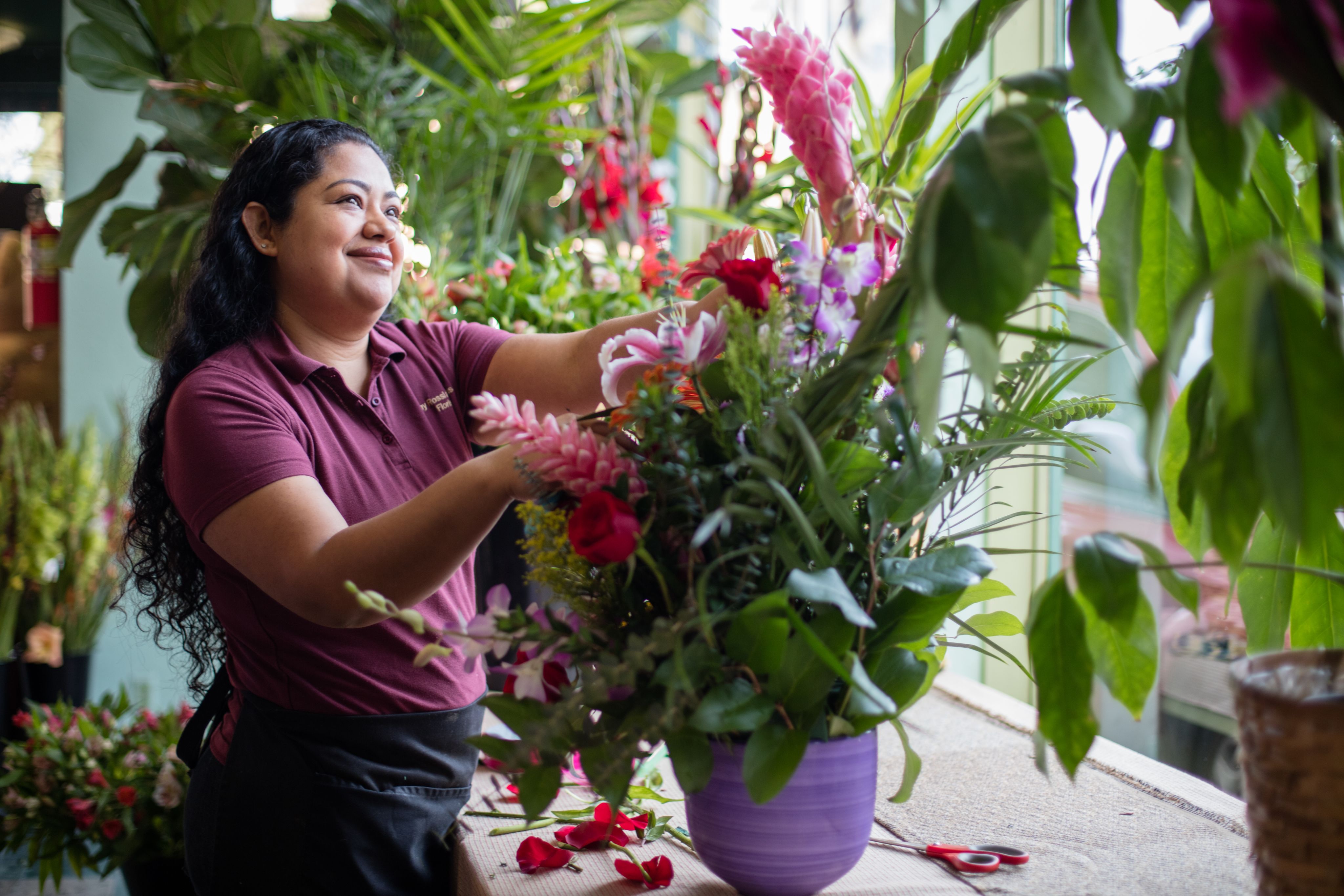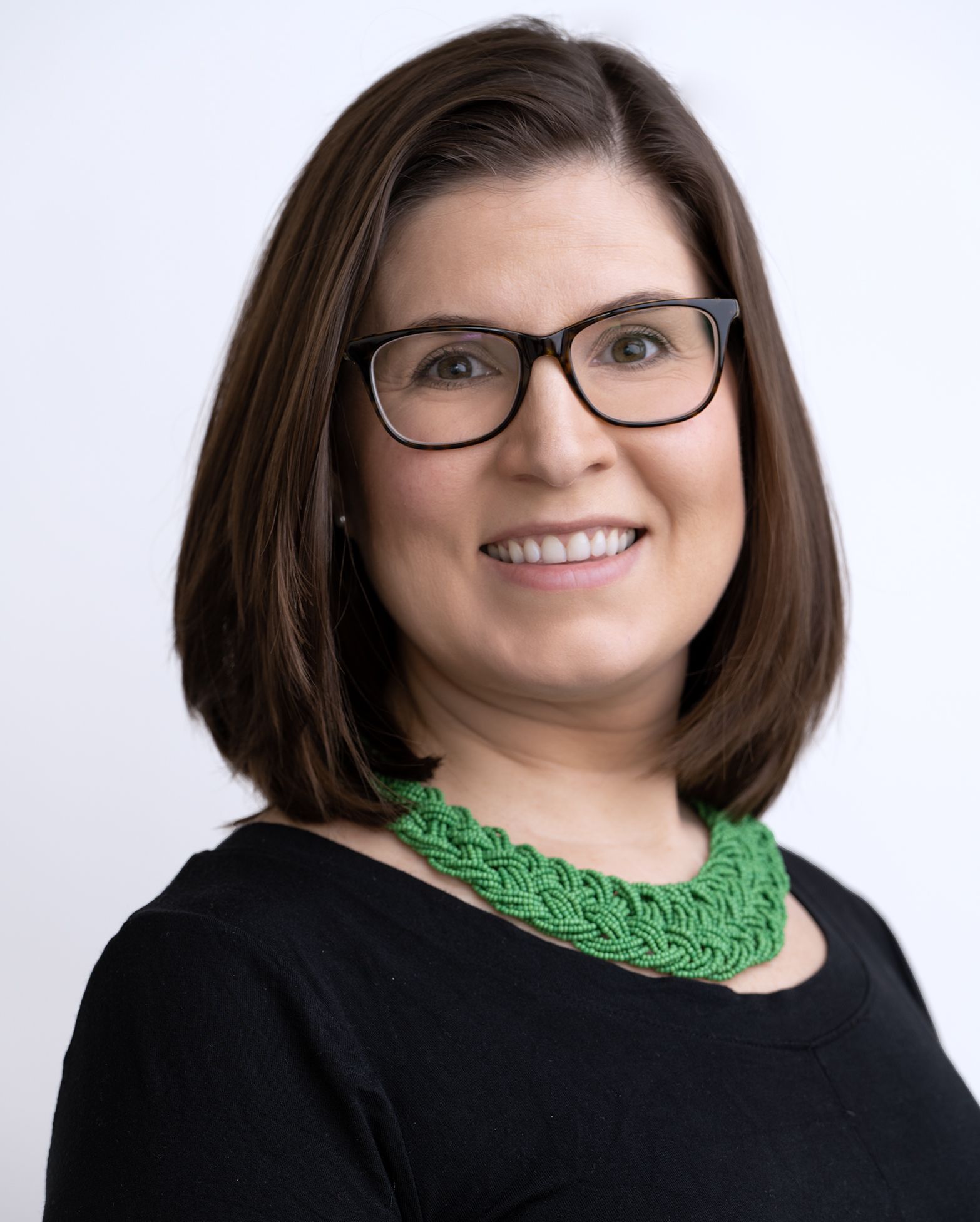Financial Access Changes Everything:
Four Lessons from Kiva’s $2.3 Billion Impact Over 20 Years
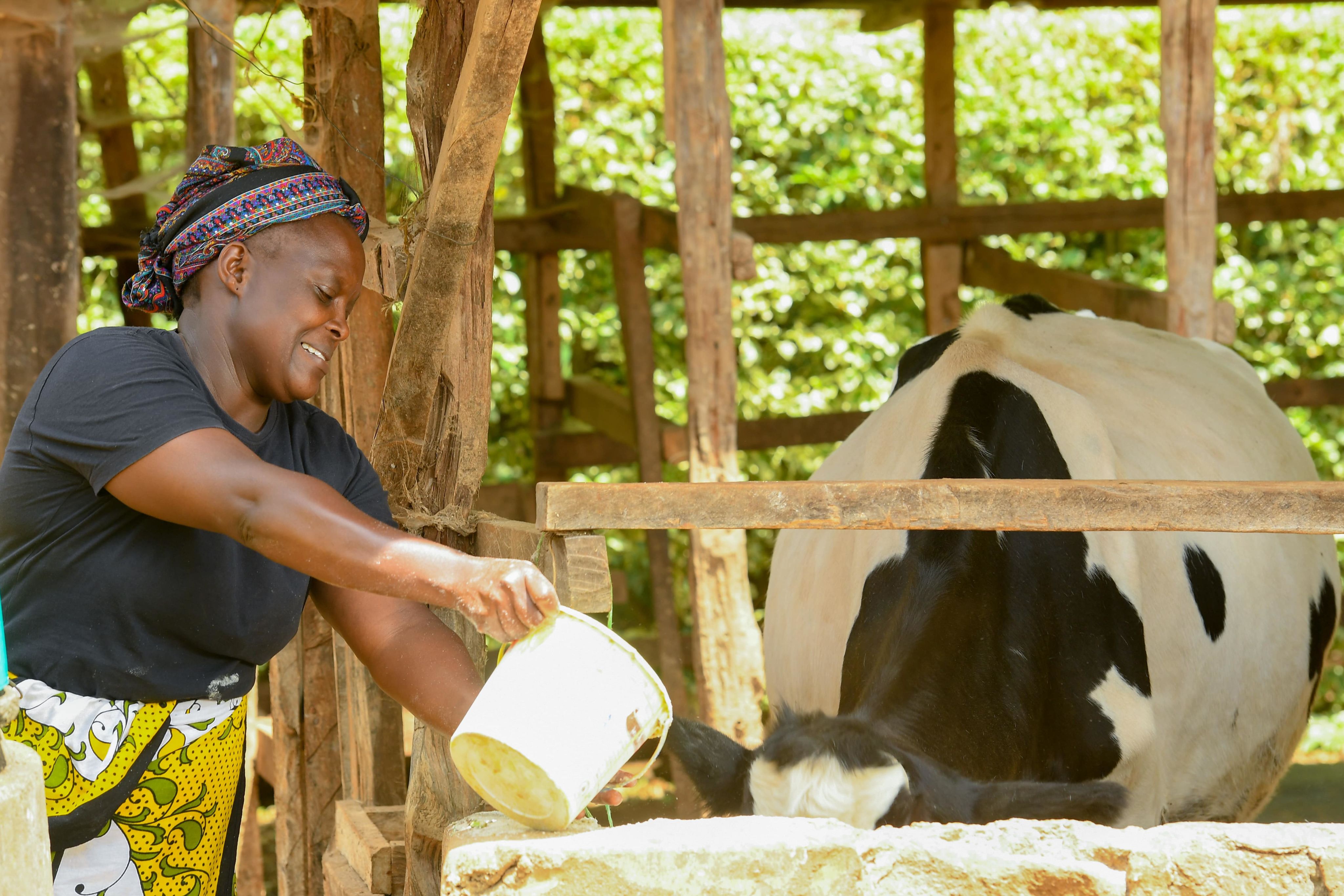
They say “money makes the world go round,” and while the phrase may sound crass, its core truth is undeniable. Access to money shapes the well-being of people and communities across the globe.
For 20 years, Kiva has harnessed this reality for the greater good. After reaching over 5 million people through $2.3 billion in loans, Kiva has proven that collective action is an effective tool for creating sustained, large-scale change that ripples into entire communities and simultaneously addresses some of the world’s most pressing challenges.
Through individual crowdfunding and partnerships with foundations and corporations, Kiva directs resources to those who need them most. With the same revolving funding, refugees can rebuild their lives, organizations can advance gender equity, small businesses find the support they need, social enterprises receive capital to accelerate their innovative work, and climate resilience can be strengthened in the areas it is needed most.
After two decades of impact and learning, Kiva has demonstrated an undeniable truth: no matter the global challenge, financial inclusion is the cornerstone of meaningful and lasting solutions.
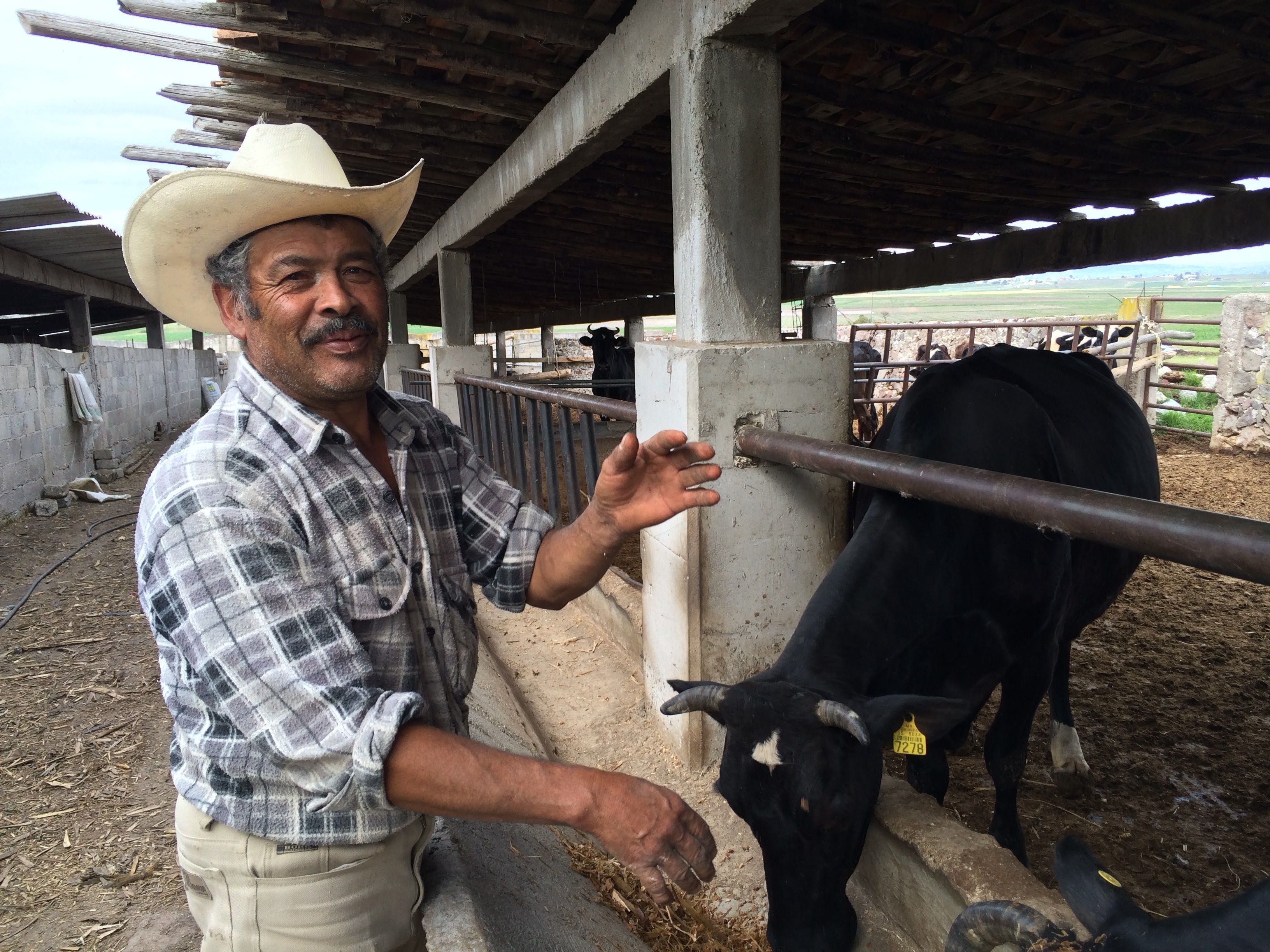
John, a farmer and refugee living in Uganda, secured a Kiva loan to increase his production and used the profits to send his seven children to school.
John, a farmer and refugee living in Uganda, secured a Kiva loan to increase his production and used the profits to send his seven children to school.
Lesson one: Lending to refugees isn’t risky, it’s transformative
With global refugee and forcibly displaced populations (IDPs) surpassing 122.6 million, biases about financial risk continue to block refugees and IDPs from accessing the capital they need to rebuild their lives. In 2016, Kiva began to extend loans to refugees—a population often excluded from traditional financial systems due to this perceived risk. The results challenged long-held assumptions: of the 466 refugee clients in the pilot program, data showed a 99.71 percent repayment rate, far exceeding the expectations of those who believed that refugees represent a riskier market segment.
This success encouraged further innovation. Thanks to the risk-tolerant nature of Kiva’s platform and the commitment of dedicated supporters around the world, in 2019 Kiva presented a letter of guarantee that enabled UGAFODE, a financial institution in Uganda, to create a refugee pilot program and begin lending to refugees. UGAFODE has since opened over 5,000 savings accounts among refugee and host communities.
Determined to find further evidence of the power of investing in refugees, Kiva launched the Refugee Investment Fund in 2021, an investment fund that pays a return, of which UGAFODE was an initial investee. Together with crowdfunded loans across Kiva.org, these efforts have since expanded to reach over 200,000 refugees and people impacted by forced displacement in 21 countries, connecting them with the capital needed to rebuild their lives and contribute to local economies. Refugee borrowers have also continued to demonstrate repayment rates nearly identical to those of non-refugee borrowers.
The Conrad N Hilton Foundation further invested in the program's success by supporting capacity building to open service centers in refugee camps across Uganda with Kiva and UGAFODE. UGAFODE now considers refugee lending a strategic business priority, underscoring how financial access can reshape perceptions and create long-term economic stability and growth opportunities.
As in the case of UGAFODE, foundations partnering with Kiva play a pivotal role in scaling these efforts, helping transform financial inclusion for displaced populations into a global movement for equity and opportunity.
Lesson two: True impact starts with women at the center
To date, Kiva has supported over 4 million women in 94 countries. Yet this support is not enough; long-term and sustainable impact requires change at the systemic level.
Creating meaningful change requires more than increasing women’s access to capital—it demands transforming the institutions that serve them and ensuring women hold a seat at the decision-making table.
Kiva’s theory of change is clear: organizations with gender-smart workplace practices and policies not only better serve women clients but also drive greater financial resilience and economic growth. Friendship Bridge in Guatemala exemplifies this transformative impact.
A key Kiva partner, Friendship Bridge has embedded gender equity into its operations, with women holding more than 50% of staff and leadership positions. The ripple effects are undeniable—95% of its clients across all genders report improved financial management skills, and 89% have increased their business income. These results prove that gender-smart workplaces aren’t just equitable; they are catalysts for stronger businesses, thriving communities, and sustainable progress.
Friendship Bridge’s success reflects the impact of Kiva’s GEAR (Gender Equity Assessment and Results) framework, which empowers financial institutions to create environments where women aren’t just served—they lead. By fostering gender equity within organizations, GEAR drives outcomes that go beyond access to capital. For women, financial inclusion means more than resources—it’s a pathway to leadership, economic growth, and stronger, more resilient communities.
Lindiwe in Zimbabwe used her loan to construct a house for her chickens.
Lindiwe in Zimbabwe used her loan to construct a house for her chickens.
Carmen, owner of Tony Rossi & Sons Florist in the U.S., used a Kiva loan to invest in a delivery van.
Carmen, owner of Tony Rossi & Sons Florist in the U.S., used a Kiva loan to invest in a delivery van.
Lesson three: Support underserved business owners and see communities thrive
1 in 4 adults in the U.S. is unbanked, and this number increases for marginalized communities. Marginalized entrepreneurs in the United States face systemic barriers that limit access to traditional financing, often leaving their potential untapped.
Kiva bridges this gap by offering accessible, zero-interest loans that don’t require a credit history. Through character-based lending, a crowdfunding process that uses social underwriting to evaluate a borrower’s character and community standing, small business owners who might not qualify through traditional lenders can access the capital they need.
The outcomes prove the model works. A recent 60 Decibels study of Kiva loan recipients in the U.S. revealed that four out of five saw significant business improvements after receiving their Kiva loans, with 65% reporting their business revenue increased.
Kiva’s work in the U.S. fosters vibrant local economies by equipping entrepreneurs to strengthen their communities through the services, goods, and employment opportunities they provide. For foundations, partnering with Kiva provides an impactful avenue to address economic inequality, bridge the financing gaps, and build long-term resilience in underserved regions.
Lesson four: To fight climate change, fund the frontlines
While much of the global effort to address climate change has been focused on reducing emissions, the devastating, real-time effects on low-income communities are often overlooked. Lacking the resources needed to adapt, these communities are among the most vulnerable to climate shocks. Kiva works with partners and social enterprises around the world to channel funding directly to these communities, supporting innovative solutions that build climate resilience, adaptation, and mitigation.
CAURIE Microfinance in Senegal, for example, has integrated climate-smart practices into its lending operations with support from Kiva. By offering loans for sustainable agriculture, such as drip irrigation systems, solar energy products, and organic fertilizers, and training farmers in climate adaptation, CAURIE is enabling communities to safeguard their livelihoods against climate shocks and increasing the economic stability of farming households.
ATEC, a social enterprise providing clean cooking solutions that both mitigate carbon emissions and safeguard family health, has scaled its operations through Kiva’s crowdfunding platform. Transitioning the 4 billion people who still cook with wood to modern, decarbonized cooking methods is estimated by ATEC to reduce global emissions by 1 gigaton, surpassing the emissions produced by the entire airline industry.
To achieve their goals at scale, ATEC harnesses Kiva’s crowdfunded loans to both finance cookstoves for individuals and support the social enterprise’s expansion into new territories. This growth eventually led to a $3.75 million Series A funding round, co-led by Schneider Electric Energy Access Asia (SEEAA) & Spark+ Africa Fund, showcasing how accessible capital can unlock further opportunities for climate-focused enterprises.
ATEC, a social enterprise providing clean cooking solutions that both mitigate carbon emissions and safeguard family health, has scaled its operations through Kiva’s crowdfunding platform.
ATEC, a social enterprise providing clean cooking solutions that both mitigate carbon emissions and safeguard family health, has scaled its operations through Kiva’s crowdfunding platform.
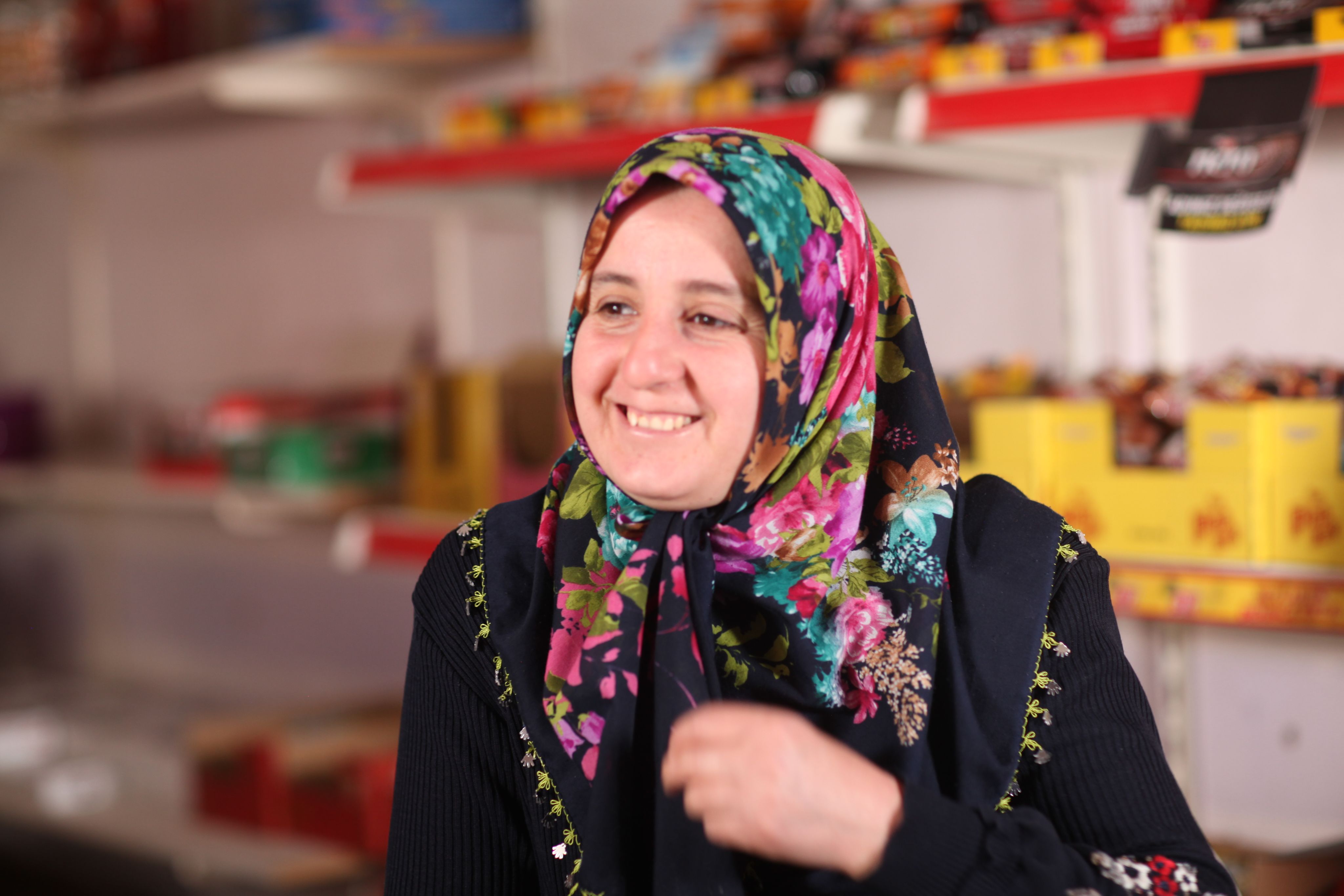
Looking ahead: Leveraging impact through collective action and partnerships
The roadmap for scaling into the next two decades is clear. By 2028, Kiva is striving to reach 8 million underbanked women, 440,000 refugees and people impacted by forced displacement, 1.1 million climate-vulnerable people, and 15,000 systemically marginalized entrepreneurs in the U.S. This vision is ambitious yet achievable — grounded in two decades of learning, innovation, and proven impact. But Kiva can’t do it alone.
Foundations have a critical role to play in this vision, bringing their sophisticated approach to systems change and their potential for long-term and large-scale impact. Kiva’s model complements these strengths, offering flexible, scalable solutions, with crowdfunding leverage that directly support underserved populations in every corner of the globe.
Kiva’s 20-year journey illustrates how financial access can address some of the world’s most pressing challenges. As the organization looks to the future, its mission remains clear: expand financial access to help underserved communities thrive.
Learn more about partnering with Kiva and shaping the next 20 years of impact.
About the Author:
Anna Titulaer is an Executive Vice President at Kiva. With nearly two decades of experience in global development and foundations leadership, Anna focuses on creating innovative partnerships that drive social impact and achieve data-driven outcomes.
This content was paid for and created by Kiva. The editorial staff at The Chronicle had no role in its preparation. Find out more about paid content.

